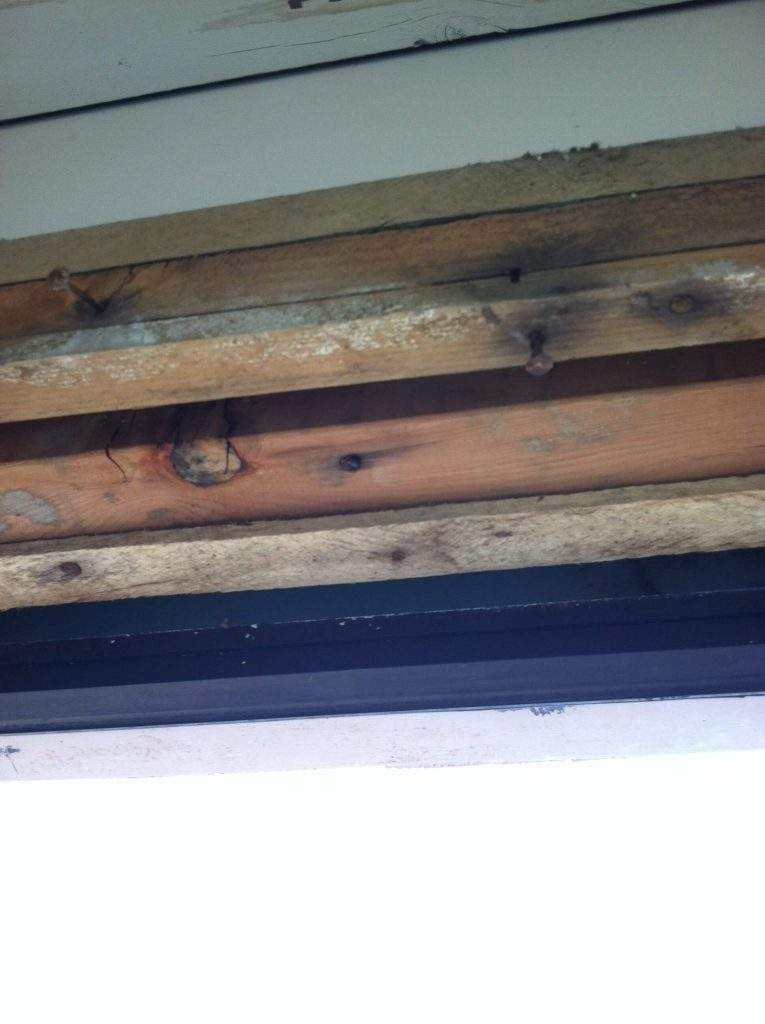For contractors, demolition work often comes with surprises hidden behind walls. One of the most common and concerning discoveries is mold growth on structural wood beams. Unlike drywall or trim, these beams are not easily replaced without risking structural integrity. So, what’s the right way to handle it?
Why Mold on Beams Is a Serious Concern
– Health Risks: Mold spores can trigger allergies, respiratory issues, and other health problems in workers and occupants.
– Spread: Mold doesn’t stay put. If disturbed during demolition, spores can travel through the air and contaminate other areas.
– Structural Impact: While surface mold doesn’t always mean the wood is weakened, extended water damage and fungal growth can compromise integrity over time.
1: Identify and Contain
When mold is spotted:
1. Pause work in the affected area. Disturbing the mold will only spread spores.
2. Isolate the space. Use plastic sheeting, negative air machines, or other barriers to contain spores.
3. Assess the size of the problem. OSHA and EPA guidelines suggest that small patches (<10 sq. ft.) can sometimes be handled in-house, but larger areas usually require professional remediation.
2: Protect Workers
– Provide proper PPE — respirators (N95 or better), gloves, goggles, and disposable coveralls.
– Follow OSHA requirements for worker safety when mold is present.
– Ensure ventilation systems are protected to prevent spores from spreading.
3: Develop a Remediation Plan
Unlike drywall or trim, structural beams cannot simply be replaced without risking the stability of the building. Once mold is identified on beams, this is the point where a formal remediation plan must be developed.
A proper plan should include:
– Assessment of the extent of contamination.
– Evaluation of moisture sources contributing to the problem.
– Recommended treatment or stabilization methods that comply with industry standards and safety regulations.
– Steps to verify the effectiveness of remediation, such as clearance testing.
Contractors should consult with an experienced environmental professional to ensure the remediation plan protects both the structure and everyone on site.
The Bottom Line
Finding mold on structural beams doesn’t have to derail a project but ignoring it is not an option. The right remediation plan ensures safety, compliance, and long-term protection of the building.
At Karl Environmental Group, we bring years of experience managing these types of projects. For example, our team conducted moisture measurement and mold air clearance sampling for a hotel in Wyomissing PA, where structural beams were impacted. Our team ensured the property was safe and ready for occupancy. That same expertise is available to support your project.
If you’re a contractor facing mold during demolition, contact us today for expert testing, remediation planning, and guidance.

